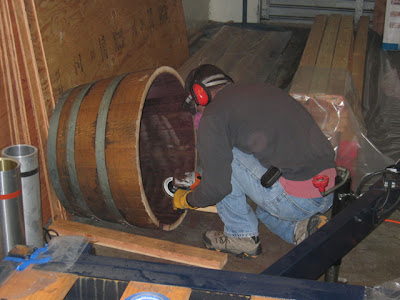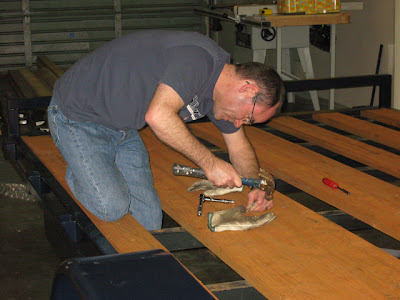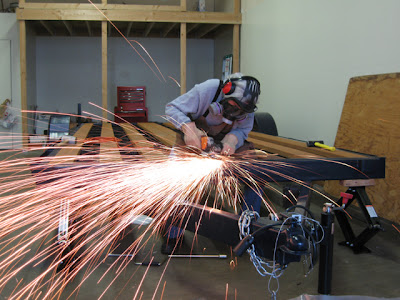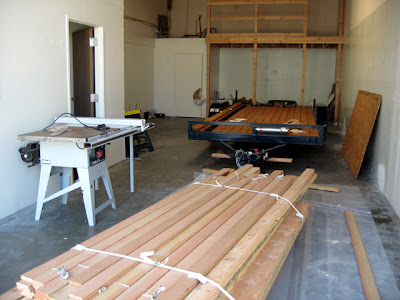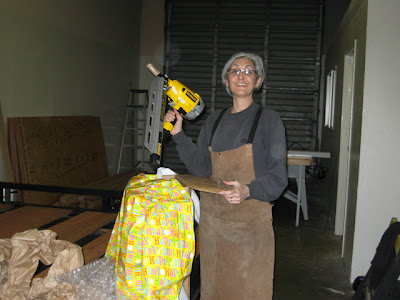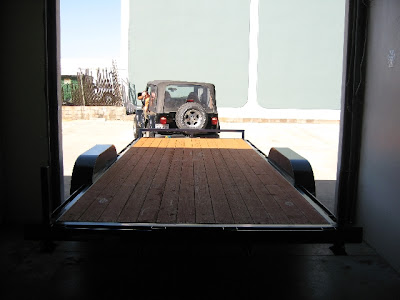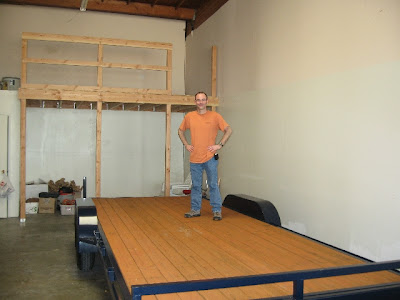The building of the house isn't very difficult so far. But there are a zillion decisions to be made along the way: the finishing on the floor, the placement of lighting fixtures, this sink or that, these nails or these, work on it till 7:30 PM or 8:00 PM... And each of these decisions has the potential for conflict. Arlene wants the country-looking sink, but maybe I just want something standard.
We really noticed this in the floor plan development. We're using the Tumbleweed Fencl as a starting point, but have made modifications. In January and February Arlene, who is a CAD Drafter, would come home with modifications and I would critique this and that: "we don't have enough storage", "there won't be enough space to fit through here", "where will we keep the ________?"
And here is the gold in this process: we learned more about each other and the way we think and communicate along the way. I spent 15 years as a Software Quality Assurance Engineer so being critical is second nature to me. But it dosen't feel good to be on the other side of it. I was bringing things up to be addressed, not poo-pooping her work. So now, I'm working on trying too point out the good things as well as the areas that need work.
On the other side, Arlene was using the nail-gun and it jammed. It does this frequently enough that it didn't seem like a big deal at first. But then Arlene started getting tense and frustrated and I came over to look over her shoulder. Two nails had jammed side by side in the space where one nails fits. As I looked at my fingers were itching to try and fix it. And, BANG! We got more gold. Arlene sees/feels me hovering nearby and assumes I don't have confidence in her ability to deal with it. This makes her more frustrated. But what's going on for me is that I see a problem - a puzzle - that needs solved. It has nothing to do with her.
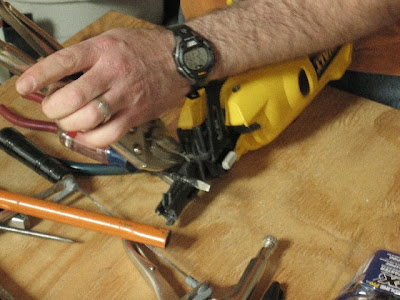
We almost never fight. We talk and try to express feelings and stay in the moment. She tells me how she feels about my hovering and I tell her I have complete confidence in her abilities and that my technical mind has shifted in gear. I love to figure things out and solve problems. For Arlene, problems are problems. They're in the way. So Arlene got a deeper understanding of why I might hover near by when there is a problem that needs solving.
It turns out that Jeff is a creative problem solver who revels in figuring things out. I don't get frustrated fixing things. Arlene is a creative creator. This is a woman who can truly dazzle me with her ability to "think outside of the box". Together we complement each other. We saw this in developing out floor plans. Arlene would come home with modifications, I'd critique, she'd modify and we slowly honed into a set of solutions such that one day she came home, put the drawing down and I had no critiques.
I tend to ground us in practical concerns, she designs and develops - sometimes wildly. But she can be practical too. After so many years doing QA work I am, sometimes (ok, frequently), a perfectionist. Arlene has taken up the motto: "Just shim it."
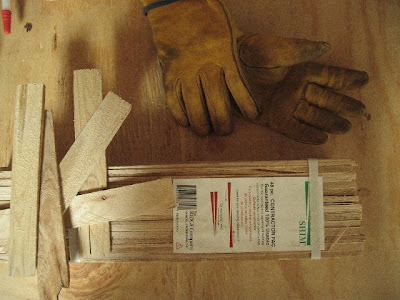
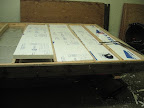
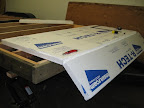





 How does someone figure out their favorite-of-favorite books that they don't want to part with? The ones that I buy can't be found at the library, even through the Link+ program.
How does someone figure out their favorite-of-favorite books that they don't want to part with? The ones that I buy can't be found at the library, even through the Link+ program.



